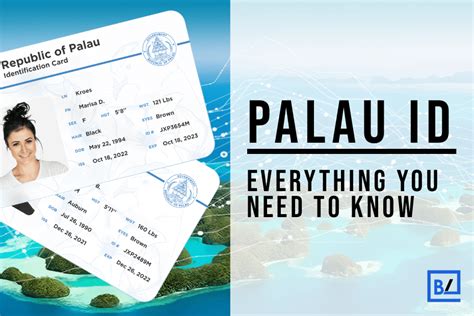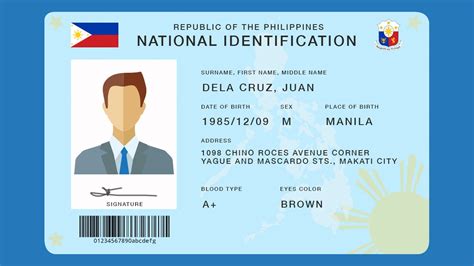National IDs have come a long way since their humble beginnings as simple paper documents. Today, they are sophisticated electronic devices that are packed with features and capabilities. Here are some of the key ways that national IDs have evolved over the years:

1. From paper to plastic
The first national IDs were made of paper, which was a relatively inexpensive and easy-to-produce material. However, paper IDs were also easy to forge and tamper with, which made them less secure than other forms of identification. In the 1970s, many countries began to issue plastic national IDs, which were more durable and difficult to counterfeit.
2. From simple to complex features
Early national IDs contained only a few basic pieces of information, such as the holder’s name, date of birth, and address. However, over time, national IDs have become more complex and now typically include a wide range of features, such as:
- A photograph of the holder
- A fingerprint or other biometric identifier
- A digital signature
- A chip that stores electronic data
3. From national to global
In the past, national IDs were only valid within the borders of the country that issued them. However, in recent years, there has been a growing trend towards interoperability between national IDs. This means that national IDs from different countries can now be used for a wider range of purposes, such as:
- Crossing borders
- Accessing government services
- Making online purchases
4. From traditional to innovative applications
National IDs were traditionally used for identification purposes only. However, in recent years, there has been a growing trend towards using national IDs for a wider range of applications, such as:
- Digital payments
- Accessing healthcare services
- Voting
5. From centralized to decentralized systems
In the past, national IDs were typically issued by a central government authority. However, in recent years, there has been a growing trend towards decentralized systems, in which national IDs are issued by a variety of different organizations. This decentralization can help to improve privacy and security.
The evolution of national IDs is likely to continue in the years to come. Here are some of the key trends that we can expect to see:
- Increased use of biometrics: Biometrics are increasingly being used to improve the security of national IDs. This is because biometrics are unique to each individual and difficult to forge.
- Greater interoperability: National IDs are becoming increasingly interoperable, which means that they can be used for a wider range of purposes. This is likely to lead to a more efficient and convenient experience for users.
- New applications: National IDs are being used for a wider range of applications than ever before. This trend is likely to continue as new technologies emerge.
If you are considering implementing a national ID system, there are a few key factors to keep in mind:
- Security: The security of your national ID system is paramount. Make sure that the system you choose uses strong encryption and other security measures to protect user data.
- Privacy: The privacy of your users is also important. Make sure that the system you choose allows users to control how their data is used.
- Convenience: The convenience of your national ID system is also important. Make sure that the system is easy to use and accessible to all users.
- What is a national ID?
A national ID is a government-issued document that proves the identity of the holder. National IDs can be used for a variety of purposes, such as:
* Crossing borders
* Accessing government services
* Making online purchases
- What information is typically included on a national ID?
National IDs typically include a variety of information, such as:
* Holder's name
* Holder's date of birth
* Holder's address
* Holder's photograph
* Holder's fingerprint or other biometric identifier
- How are national IDs used?
National IDs are used for a variety of purposes, such as:
* Identifying individuals
* Verifying age
* Granting access to government services
* Making online purchases
- Who issues national IDs?
National IDs are typically issued by a central government authority. However, in some countries, national IDs may be issued by a variety of different organizations.
- How much do national IDs cost?
The cost of a national ID varies from country to country. However, the cost is typically between $10 and $50.
- How long does it take to get a national ID?
The time it takes to get a national ID varies from country to country. However, the process typically takes between 2 and 8 weeks.
- What are the benefits of having a national ID?
There are a number of benefits to having a national ID, such as:
* Increased security
* Improved convenience
* Greater access to government services
- What are the risks of having a national ID?
There are also some risks associated with having a national ID, such as:
* Privacy concerns
* Identity theft
* Discrimination



